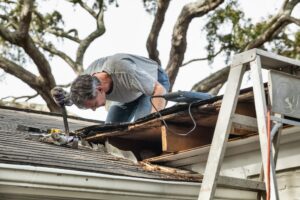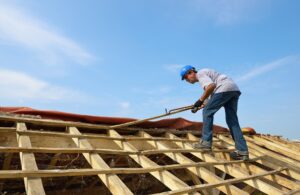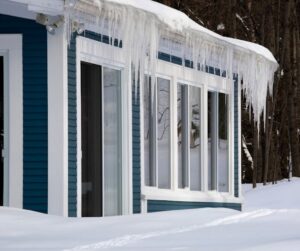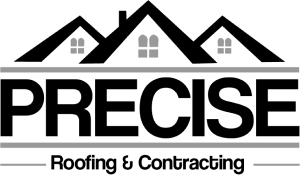Disasters, such as storms, can damage your roof and force you to replace your roof before its time. Fortunately, preemptive measures can help you avoid roof damage in the case of a disaster or due to normal wear and tear. Learn about some common threats to your roof and measures you can use to preempt them.
Wind
Wind can damage your roofs in multiple ways. For example, strong winds can:
- Rip off roof accessories such as gutters, flashing, vents, and ridge caps
- Drag roof installations (such as rooftop HVACs) across the roof and cause damage
- Uproot trees or break tree branches and send them crashing onto your roof
- Rip shingles off the roof
- Uplift the entire roof
Making your roof as wind-resistant as possible requires a multipronged approach. For example, you should:
- Use roofing materials with high wind-resistance ratings.
- Ensure professional installation of your roof (that ensures, for example, that your roofing features the right nailing techniques).
- Use drip edges to reduce the risk of uplift.
Your local weather and building codes determine how much wind resistance you need.
Fire
A roof fire can cause different damages to your roof. For example:
- The roof fire can spread to other parts of the house.
- The roof can collapse.
- Different parts of the roof can suffer damage and require replacing.
These tips should help you minimize the risk of roof fire:
- Use fire-resistant roofing materials, such as slate or concrete.
- Keep the roof clean (debris can ignite or spread fire in case of an outbreak).
- Trim trees around the house that might spread fire to the roof.
- Avoid gaps in the roof (for example, missing shingles) that can admit fire.
The more your neighborhood is likely to experience fire outbreaks, the more you should invest in fire resistance.
Algae
Many people have problems with roof algae because of discoloration. However, impaired curb appeal is not the only reason algae is bad for your roof. Algae retain moisture, so areas of the roof with algae tend to remain moist for prolonged periods. The moisture increases the risk of corrosion, rot, and shingle deterioration.
Here are useful tips to keep roof algae at bay:
- Ensure proper drainage to eliminate standing water since moisture encourages algae growth.
- Trim tree branches to reduce organic matter on the roof from falling leaves.
- Clean the roof regularly to reduce organic matter accumulation.
- Use algae-resistant roofing materials during roof replacement.
- Install copper or zinc strips on your roof (the metals kill emerging algae).
A roofing contractor can analyze your roof and advise you on the appropriate measures.
Solar
Sunlight is another weather element that causes gradual damage to the roof. For example:
- Ultraviolet (UV) rays from the sun can discolor the roof.
- The heat from the sun contributes to thermal stress from the constant expansion and contraction of materials.
- The heat from the sun can dry out shingles and make them susceptible to breakage.
Use these measures to reduce the damage:
- Install light-colored roofing materials that reflect most of the sunlight that falls on the roof.
- Install reflective roofing materials, such as reflective shingles.
- Apply reflective roof coatings.
- Paint the roof white or light-colored.
- Use UV-resistant roofing materials, such as EPDM rubber, which doesn’t crack easily under UV exposure.
- Install a green roof that insulates the roof’s surface.
Your roofing contractor can help you choose solar-resistant roofing materials in your area.
You might not be able to anticipate or avoid every imaginable threat to your roof. However, you can minimize potential damages from risks common to your area. Contact Precise Roofing & Contracting, LLC for all your roofing needs. You can rely on our skills and over 25 years of experience to give you the most suitable roof for your area.





